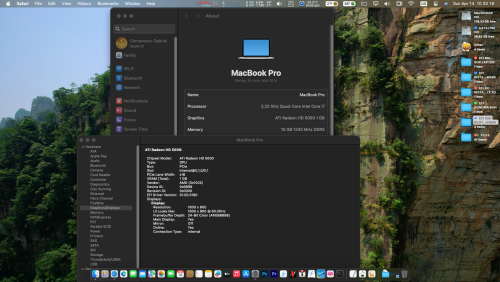No one seems to know.This betanews article seems to think that they won’t, due to the EFI (see below article). But Apple, as they’ve always said, won’t prohibit people from installing Windows on their Mac. From an MSNBC article:
“That’s fine with us. We don’t mind,” Schiller said. “If there are people who love our hardware but are forced to put up with a Windows world, then that’s OK.”
“Any new machines that are on the market that run Windows are great,” said Scott Erickson, director of product management and marketing for Microsoft’s Mac business unit.
So what do you think? Has Apple effectively shut out Windows installation until Vista ships? Is this a mistake or a smart move?











Recommended Comments